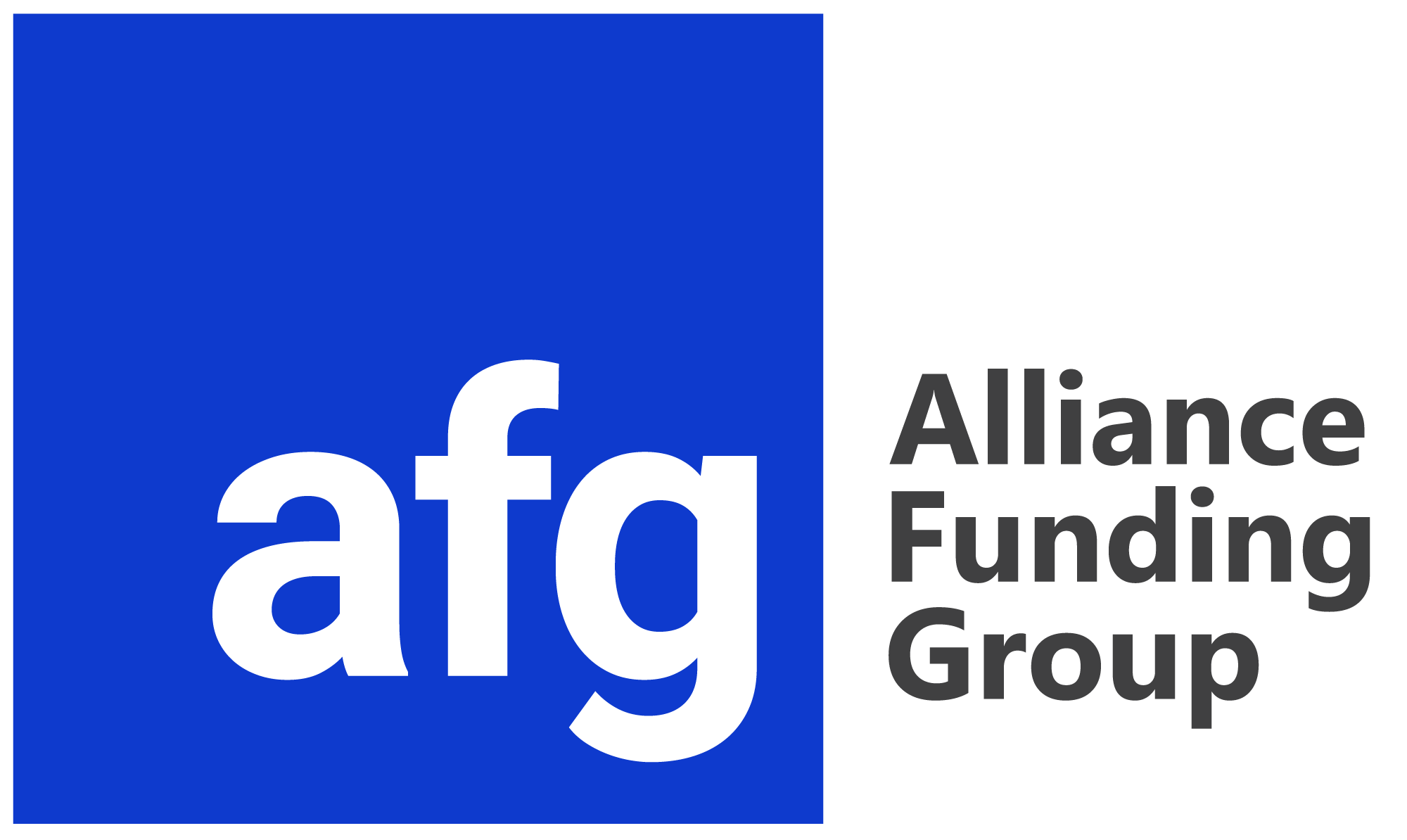3 Equipment Leasing Benefits
Leasing can save your business in many ways and ensure that you have new equipment to build it up. Relying on purchasing used or outdated equipment just isn’t an option for many businesses that need reliable equipment for their operations.
Consider these equipment leasing benefits which can make all the difference in the success of your company:
Tax Benefits
Although it’s a good idea to meet with your accountant to discuss the specifics of how leasing can benefit your taxes, there are numerous tax advantages to leasing compared to buying.
You can often deduct the entire lease payments against your current revenue. However, if you had purchased your equipment, you would typically only be able to deduct the interest on the payment, not the principle.
With certain types of lease structures, such as a non-tax capital lease, you can also potentially take a Section 179 deduction which provides a deduction up to the full purchase price of the equipment (with certain dollar limits you should discuss with your accountant).
Not Needing to Rely on Outdated Equipment
Perhaps one of the biggest advantages is that you won’t have to rely on outdated equipment. By being able to use new equipment, you can ensure the efficiency of your operation and avoid costly downtime or mistakes.
Your risks are substantial when you purchase used equipment, and although you gain equity in your equipment if you purchase it and make payments toward it, you are also typically responsible for repairs and maintenance, especially if it is out of warranty.
Save Capital
By leasing equipment, you save on capital expenses substantially. For example, you will have to typically put a substantial percentage of the total cost down if you purchase your equipment outright. That can be a huge chunk of your savings if you are a newly established business or otherwise are dealing with cash flow issues.
Leasing offers a variety of benefits, including those mentioned above and many others, in terms of flexibility, minimal upfront costs, and the ability to obtain the necessary new equipment to grow your business.
Alliance Funding Group offers a variety of lease structures for many types of equipment for the industries we specialize in, among others, including IT, manufacturing, construction, transportation & logistics, agriculture, healthcare, and state and local government.
Contact Alliance Funding Group today at 1-800-978-8817 to learn more about the equipment leasing options available to you.

